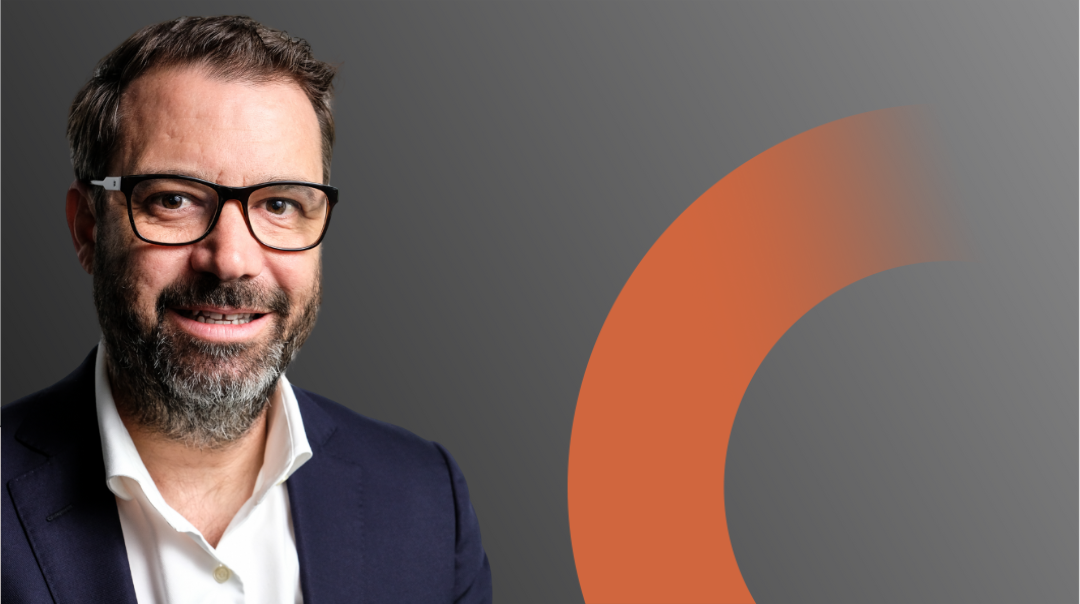When a company enters liquidation, the liquidation process is overseen by a liquidator. One of the key responsibilities of the liquidator is to manage the distribution of the company’s assets to its creditors. This process is referred to as the “dividend to creditors” and is crucial in ensuring that creditors are paid in accordance with their legal rights and the priorities established under the Corporations Act 2001 (“the Act”).
- Commencement of Liquidation
Liquidation is typically initiated when a company is insolvent and unable to pay its debts. It can be triggered either by a court order or by a voluntary resolution of the company’s members. Once the liquidation process begins, the appointed liquidator takes control of the company’s affairs, including the identification and realisation of its assets.
- Liquidator’s Role
The liquidator’s primary task is to sell off or “realise” the company’s assets, which might include a sale of the company’s business (if possible) or individual assets such as real property, plant and equipment, inventory or receivables/debtors, in order to raise funds to repay creditors. The liquidator is also responsible for identifying the creditors, assessing the debts owed, and determining the priority of claims.
- Proof of Debt
Creditors are required to submit a Proof of Debt (“POD”) form to the liquidator. This document details the amount of the debt and provides evidence supporting the creditor’s claim. Creditors must submit this proof within a specified period set by the liquidator. The liquidator may call for PODs by publishing a notice on the Australian Securities and Investments Commission (“ASIC”) Published Notices website (“ASIC PNW”). If creditors fail to submit their proof of debt within this time frame, they risk not being included in the dividend distribution.
- Ranking of Creditors
Pursuant to section 556 of the Act, there is a statutory priority for how creditors are paid in a liquidation. This priority is essential in determining the amount and order in which creditors will receive a dividend. The categories are:
- Secured Creditors: These creditors hold a security interest in specific company assets (e.g., mortgage or lien). They are paid first, out of the proceeds from the sale of the secured assets, with certain exclusions.
- Priority Creditors: These creditors have a priority claim under the Act and include employee entitlements (such as unpaid wages, superannuation, leave and redundancy entitlements) and certain tax liabilities (e.g., superannuation guarantee charges).
- Ordinary Unsecured Creditors: These creditors do not hold a security interest in the company’s assets. The remaining funds (if any) after secured and priority creditors have been paid are distributed to ordinary unsecured creditors on a pari passu basis. This means each unsecured creditor is paid pro-rata (in proportion) in accordance with the amount of their claim. Unsecured creditors may receive only a fraction of what they are owed (ie X cents in the dollar), depending on the amount of funds available. Often there is no dividend to unsecured creditors in a liquidation due to insufficient asset realisations.
- Declaration of Dividends
Once the liquidator has realised the company’s assets and/or successfully recovered funds from various litigation claims (such as insolvent trading and voidable transaction claims) and determined there are sufficient available funds to enable a distribution to creditors, they will declare a dividend. The liquidator must advertise their intention to declare a dividend on the ASIC PNW affording creditors once last opportunity to lodge a POD (at least 21 days from the date of the notice) or be excluded from the dividend distribution. The dividend rate (or amount of funds to be paid to creditors) is based on the liquidator’s determination of the available funds after covering the costs of the liquidation and satisfying higher-ranking creditors.
Dividends may be paid in a series of distributions, with creditors receiving interim dividends as funds are realised. The first dividend would be a partial dividend if there are insufficient funds to fully pay all creditors. Subsequent dividends may be declared once additional assets are sold or recovered.
- Final Dividend
The final dividend is paid once all assets have been realised/recovered and all creditor claims have been assessed. In some cases, there may be no dividend at all if the company has minimal or no available assets.
- Finalising the Liquidation
Once the creditor dividends have been distributed and all affairs of the company have been concluded, the liquidator will apply to the ASIC to deregister the company, effectively bringing the liquidation process to a close.
Conclusion
The creditor dividend process in Australian insolvency law ensures that creditors are treated fairly and in accordance with their legal rights. The liquidator is responsible for managing the distribution of assets and adhering to the statutory priority of payments set out in the Act. However, in many cases, creditors, particularly unsecured creditors, may not recover the full amount of what they are owed, especially if the company’s financial situation is dire by the time the liquidator is appointed.





